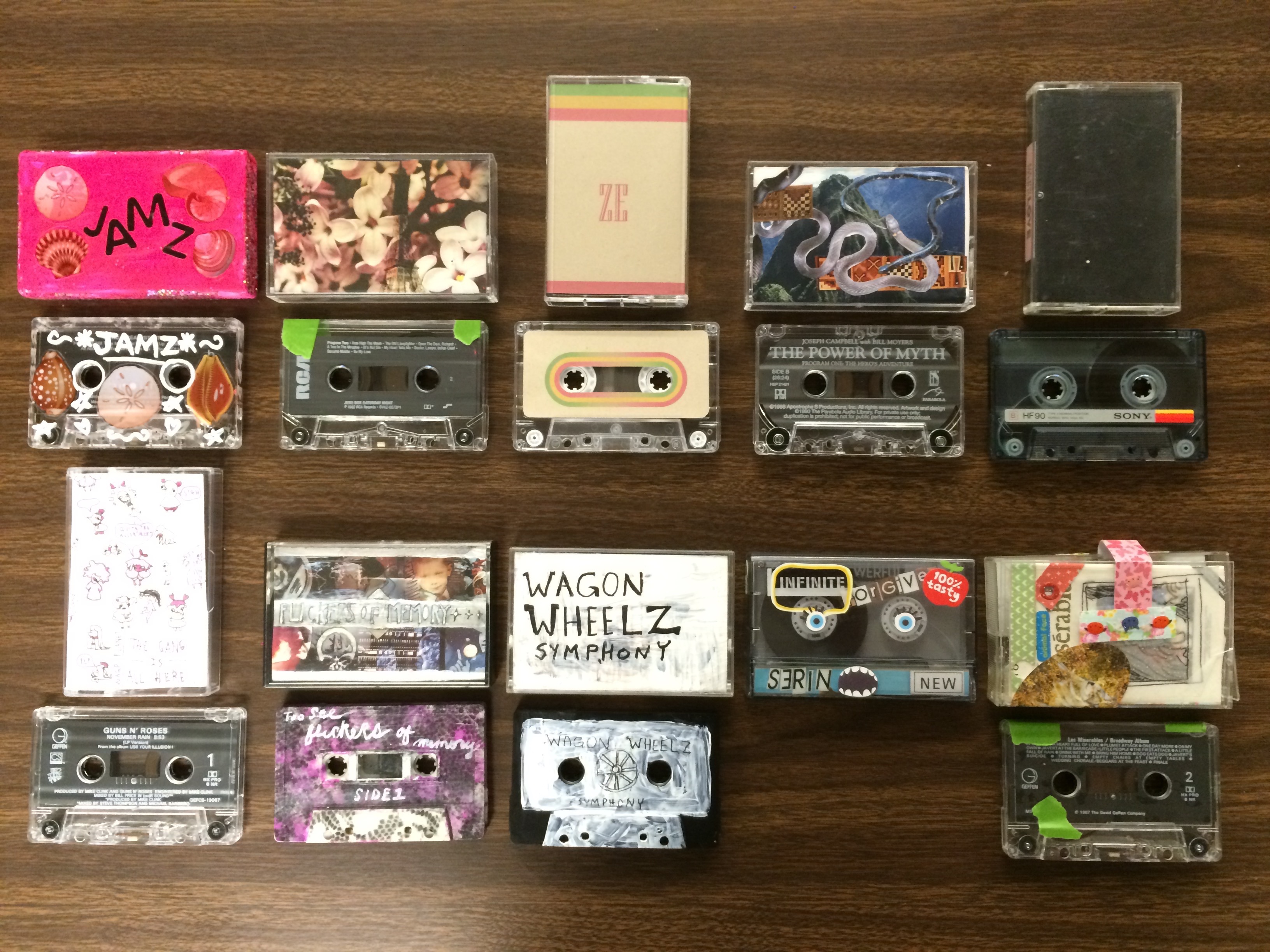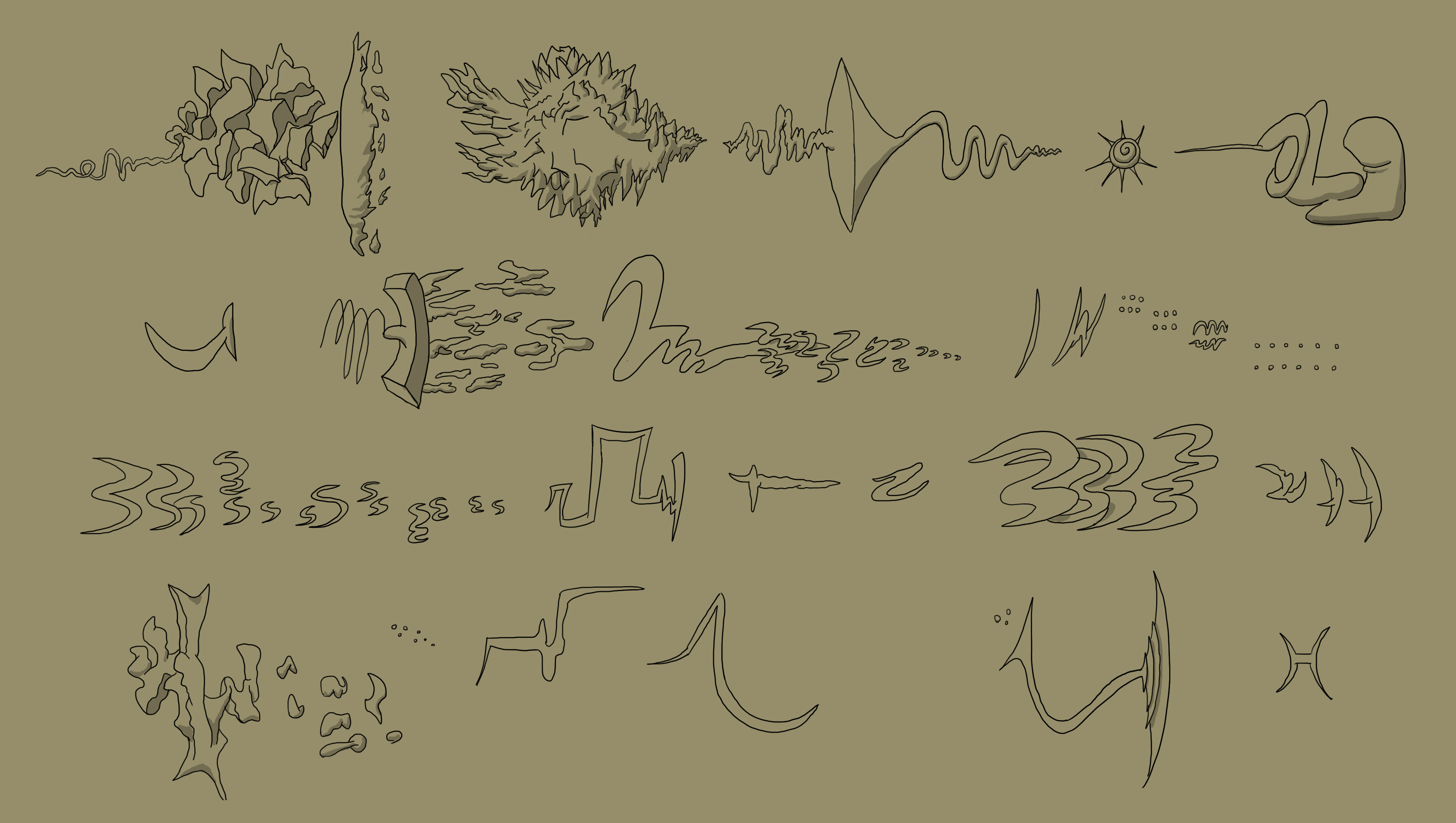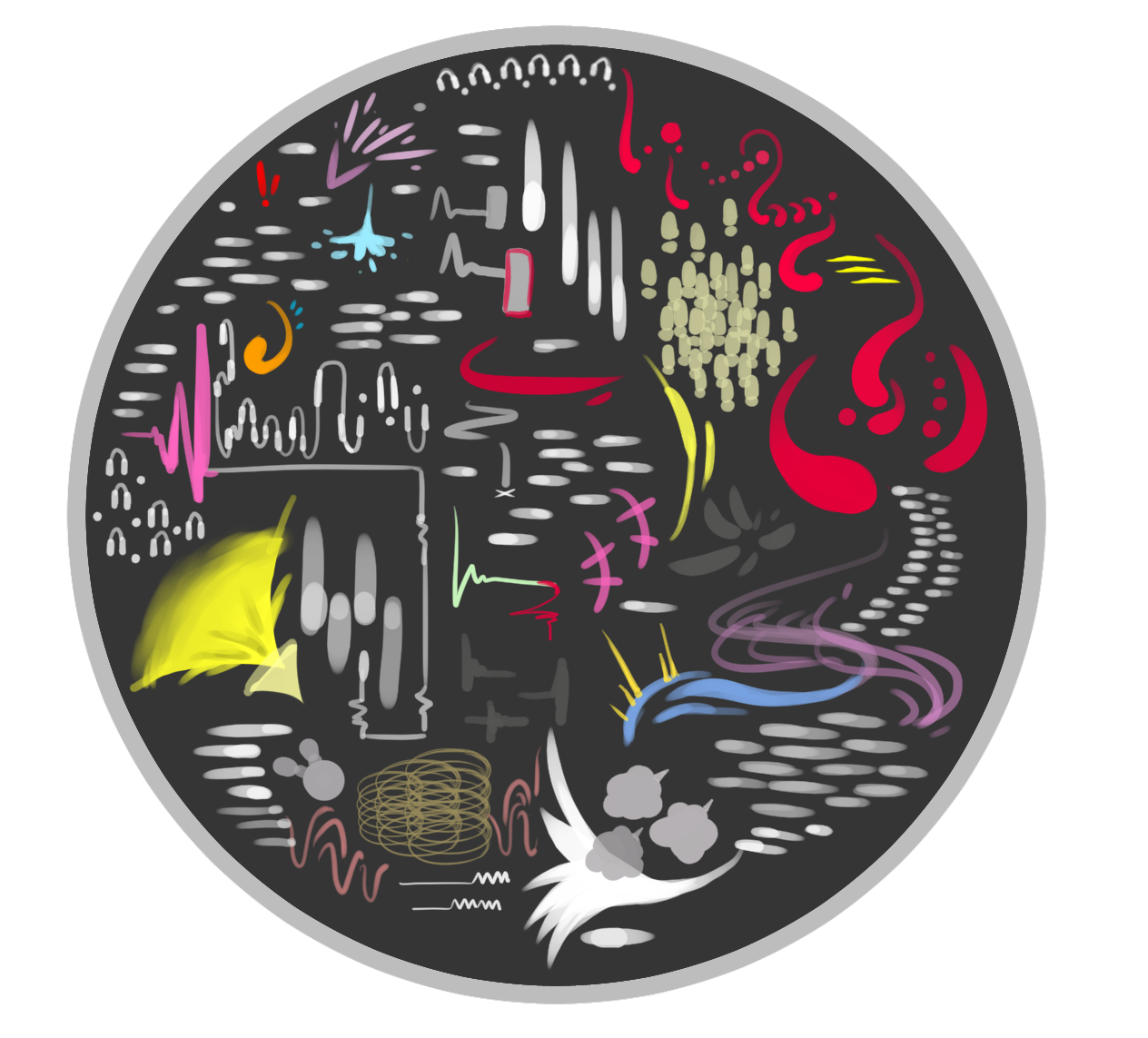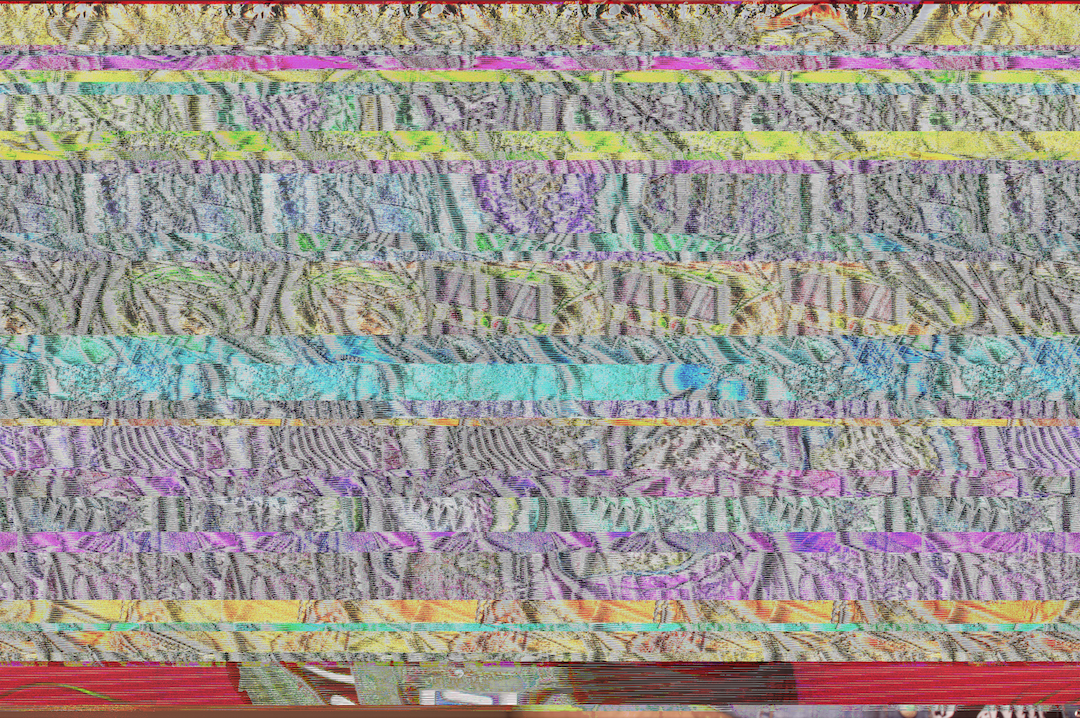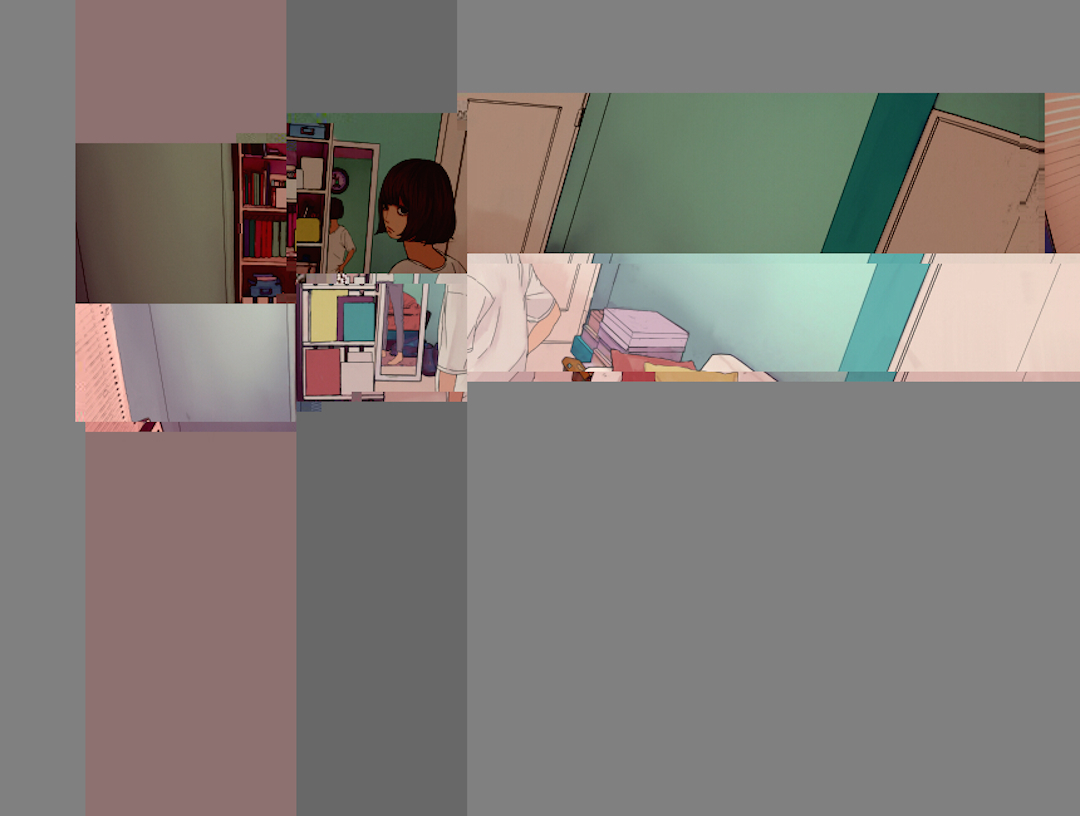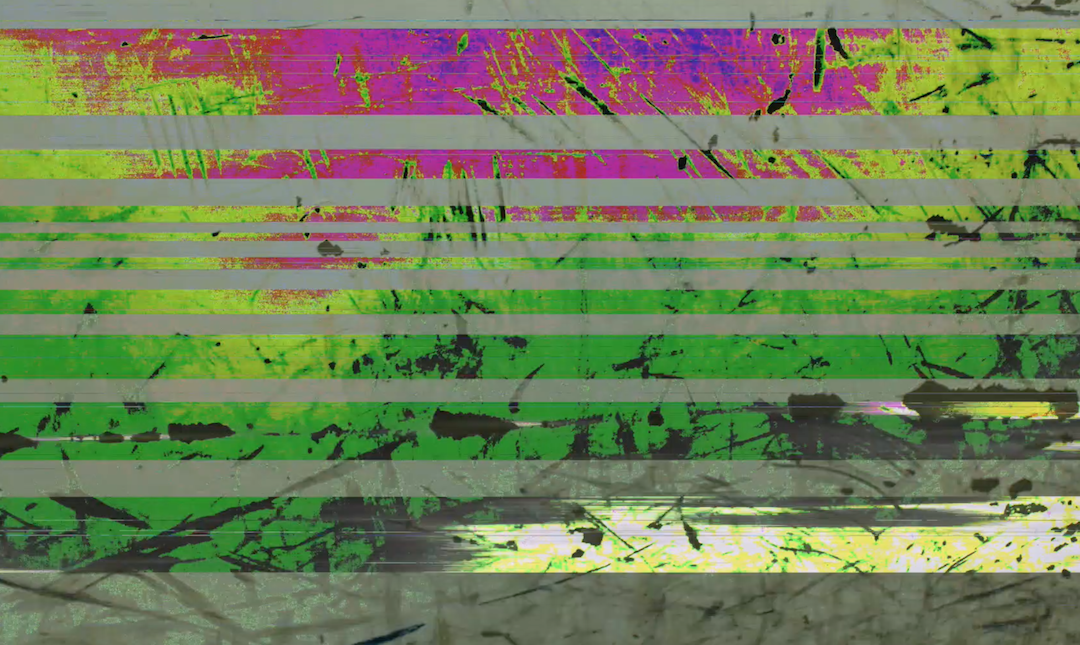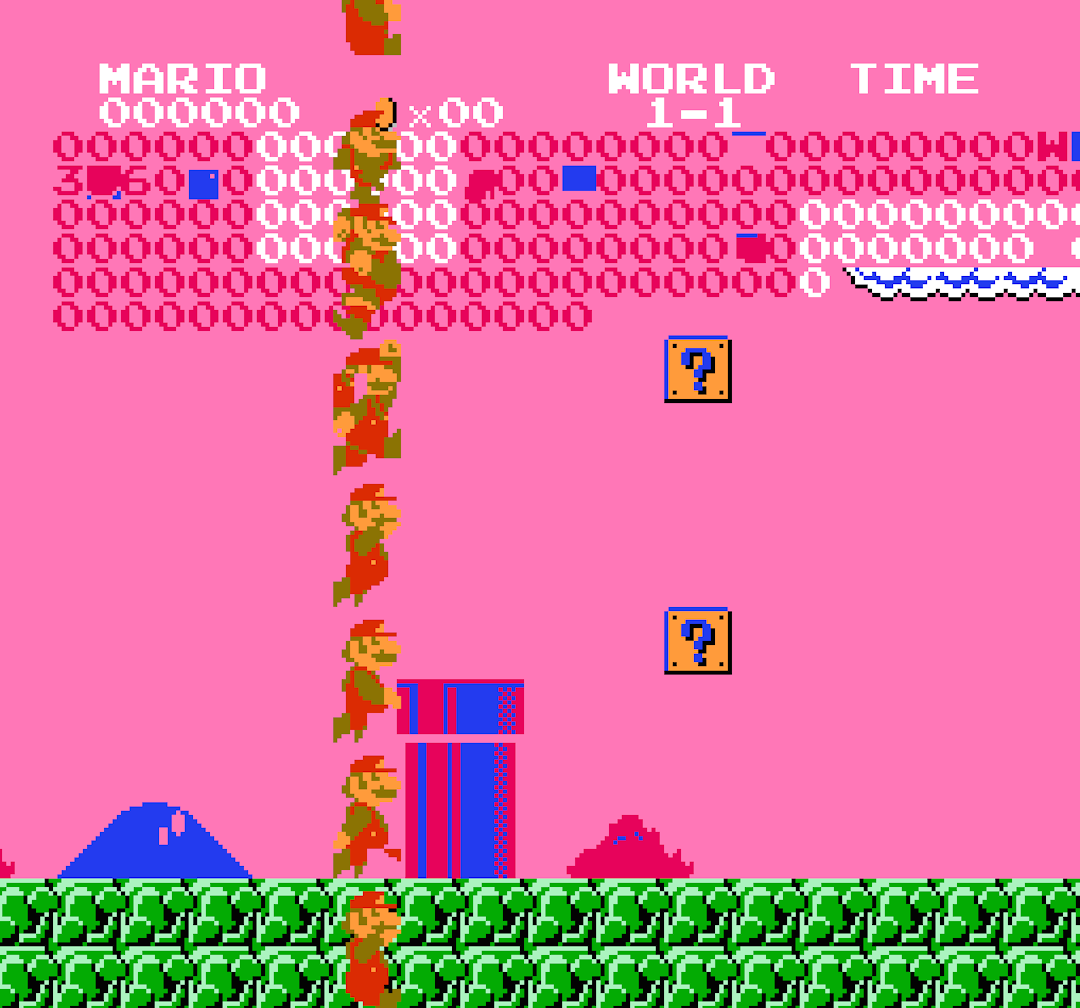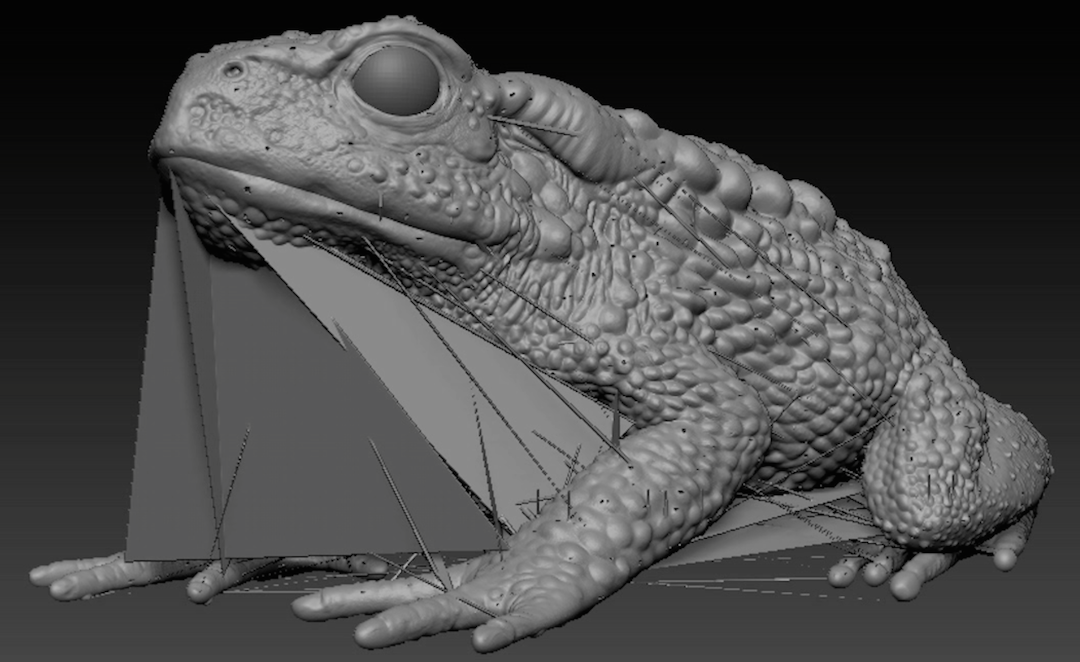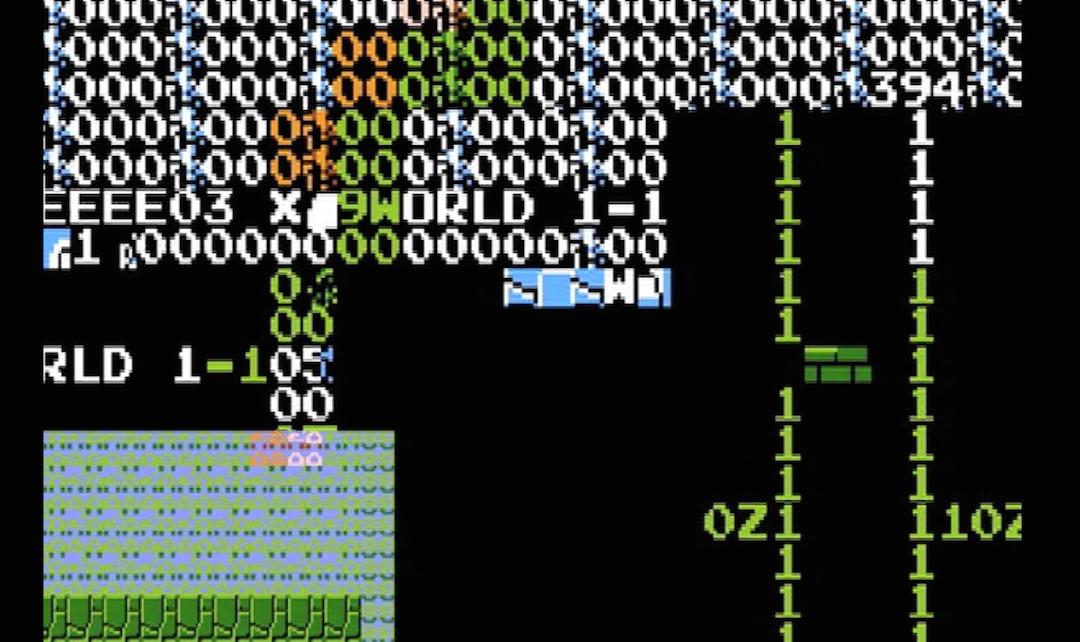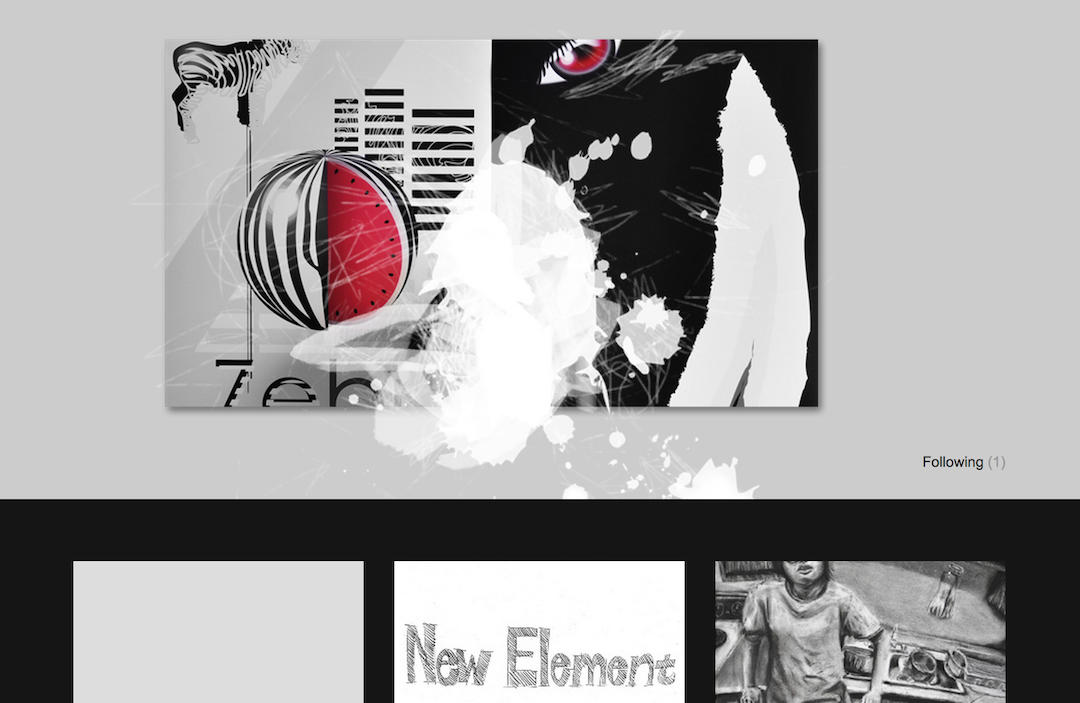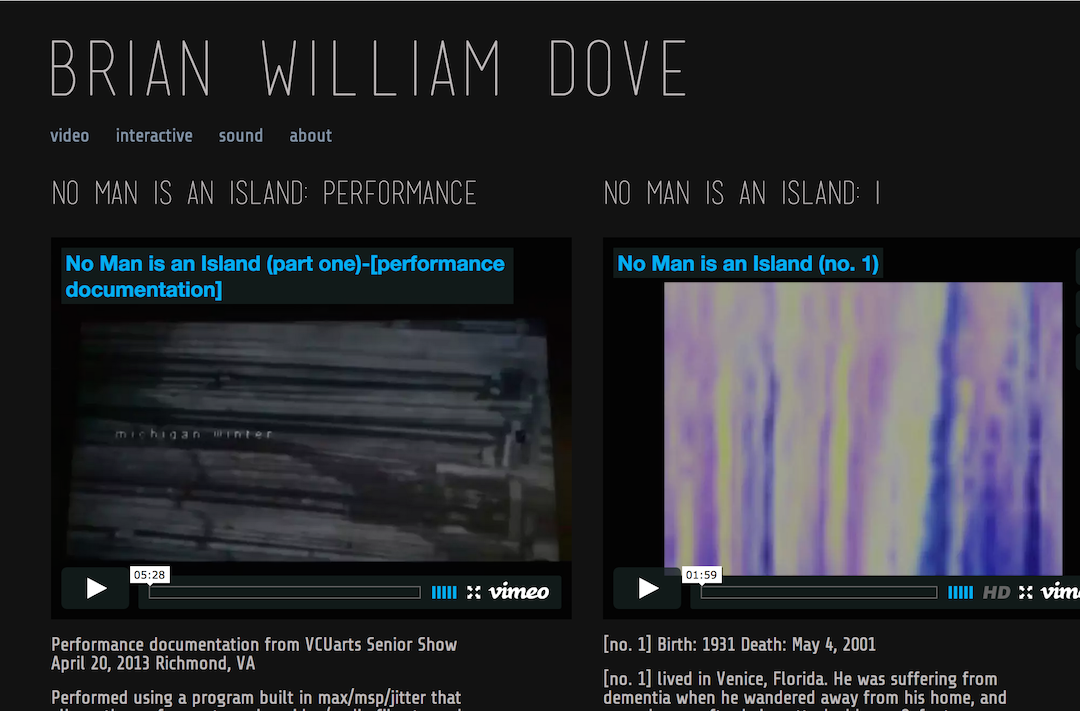The Exquisite Cassette
Cassettes are small, portable objects, so they can be swapped from person to person. They can also be ‘overdubbed,’ or erased and overwritten with new sounds. We’ll exploit both features to make a series of works.
Students are asked to purchase cheap handheld cassette recorders and a number of secondhand cassettes. During class, they exchange tapes then spend thirty minutes recording whatever found sounds they can. They continue this process until each tape circulates throughout the class.
The students use their re-recorded tapes as the source material to construct a 3- to 4-minute sound piece. They also turn in their 'tape objects,' which they decorate in vintage mix tape style.
The track below assembles each student's work into a single digital mix. The composers are: J. Barber, C. Beran, S. Bowman, S. Chung, M. Fletcher, L. Hanes, Z. Huang, O. Leclair, M. Lowman, and D. Young.
- Year: Fall 2014
- Class: Sound Communications II
